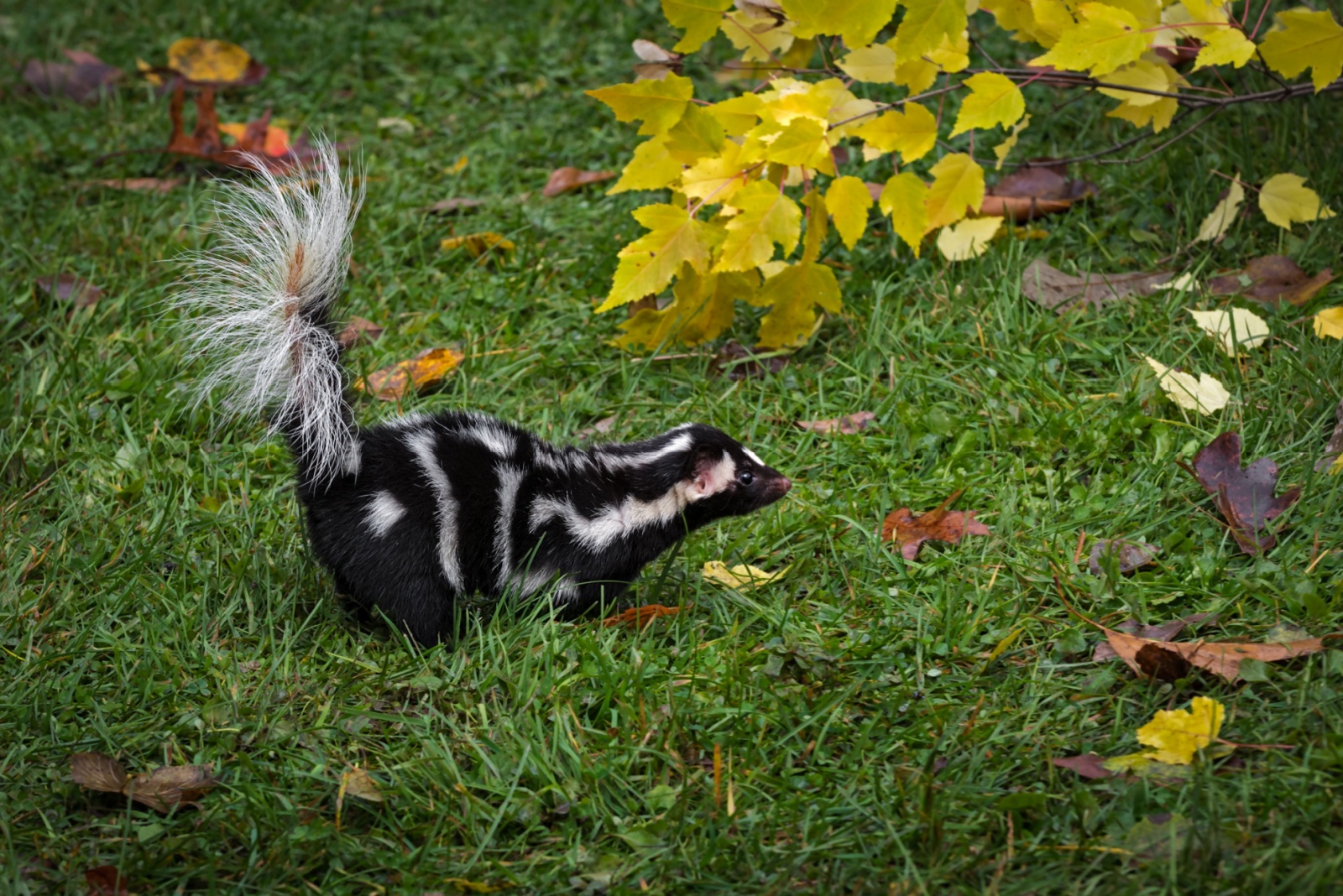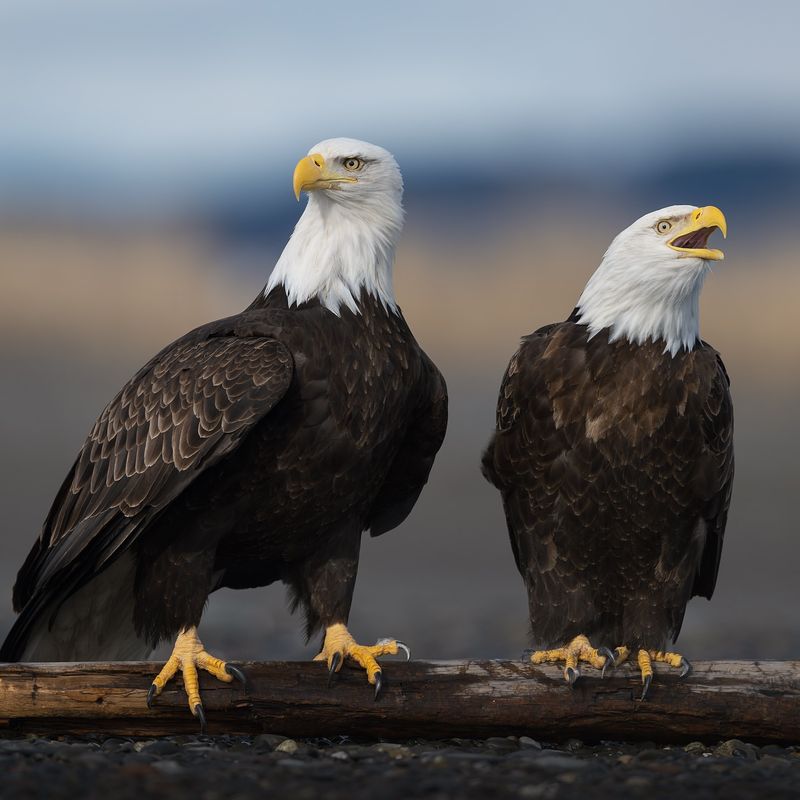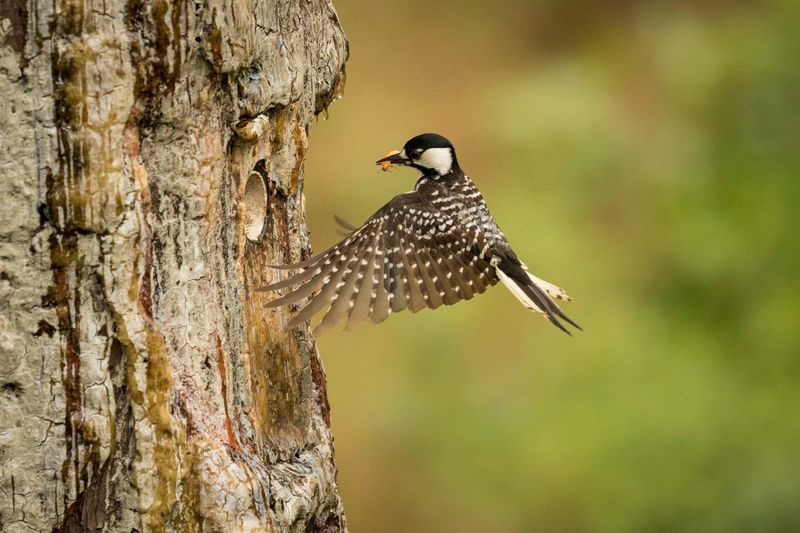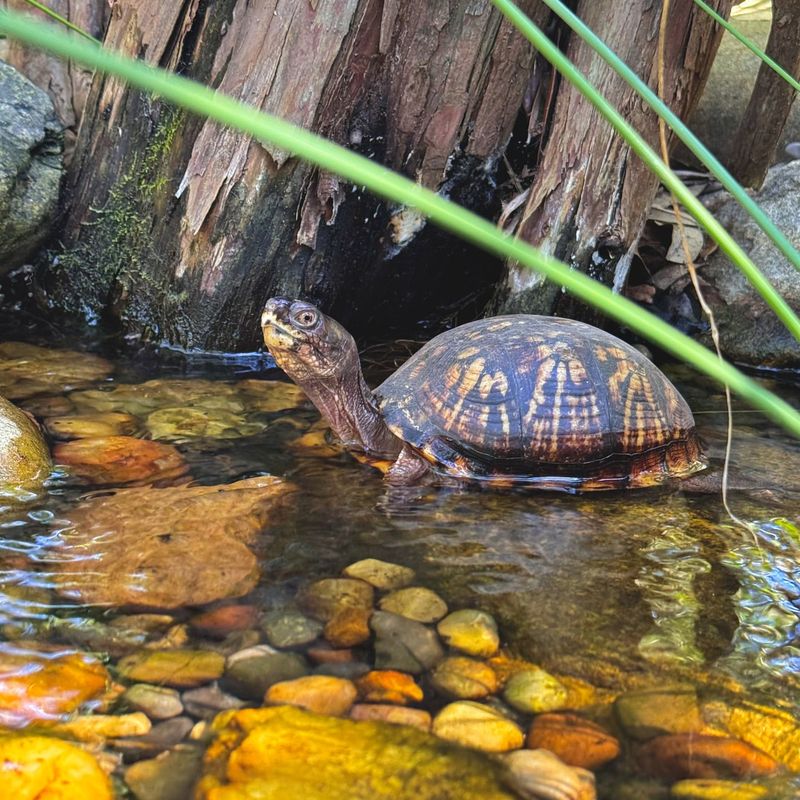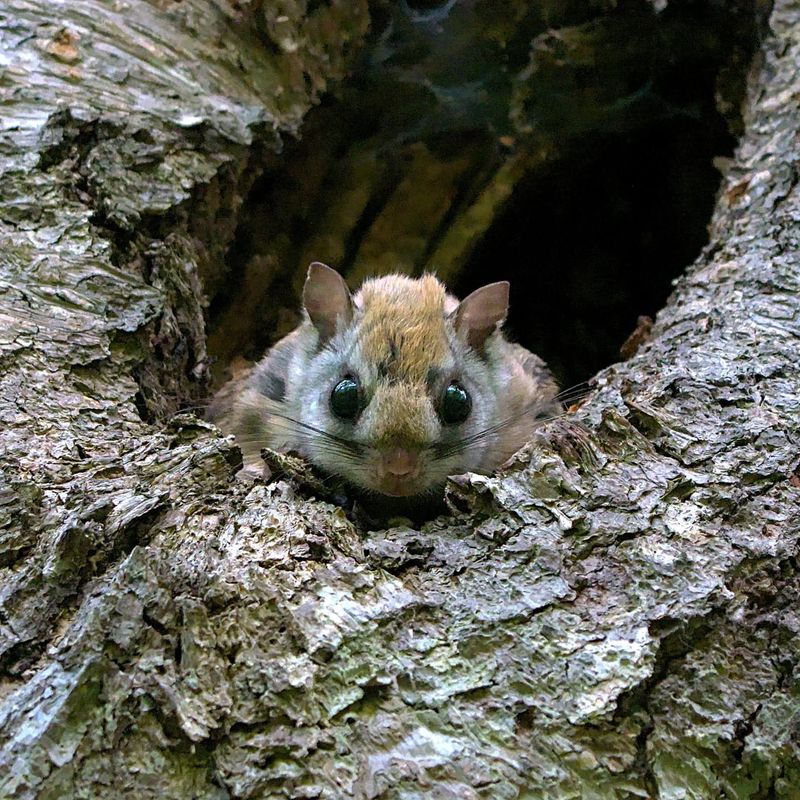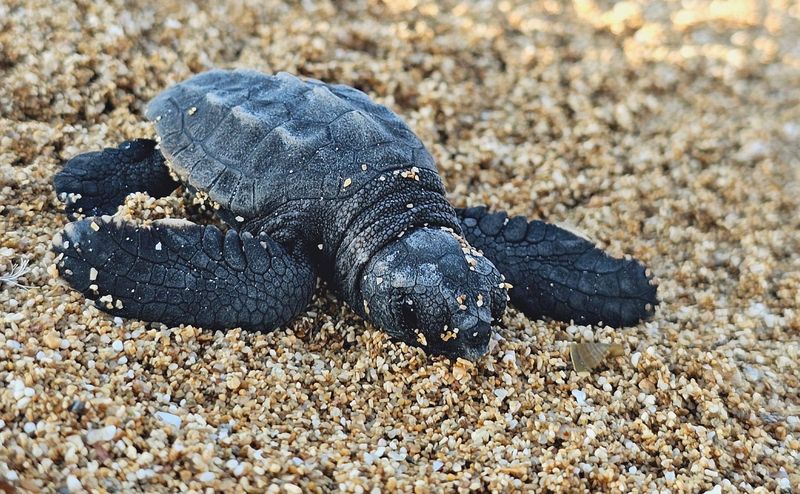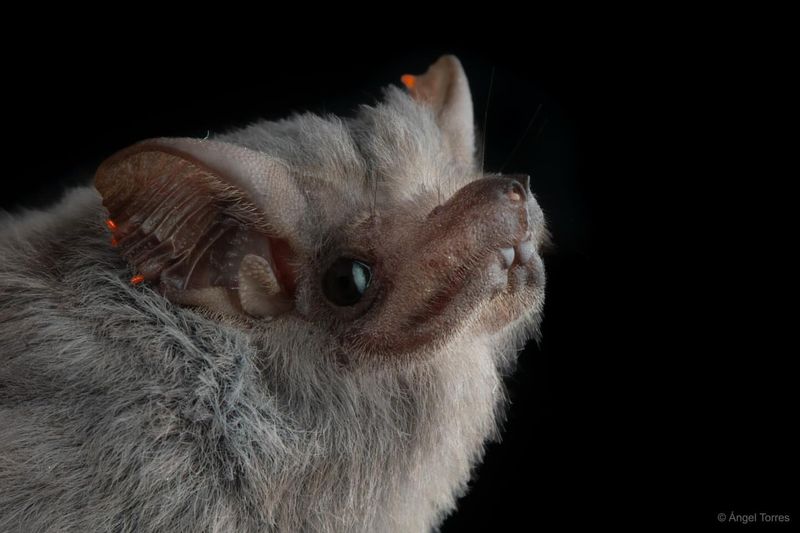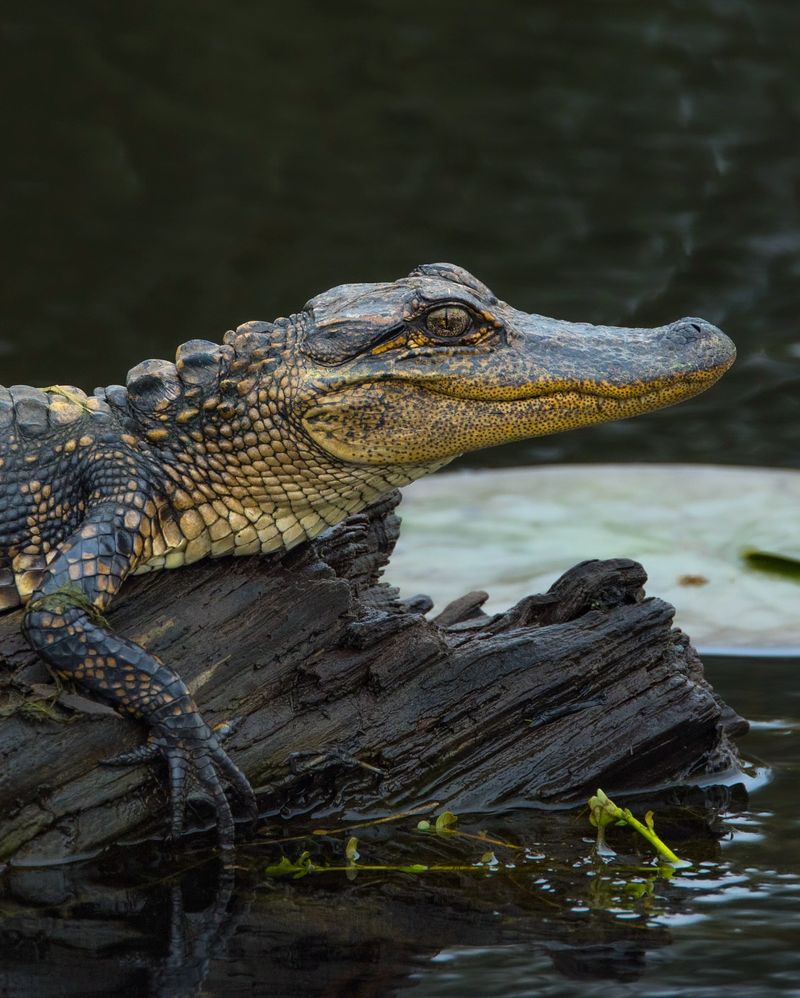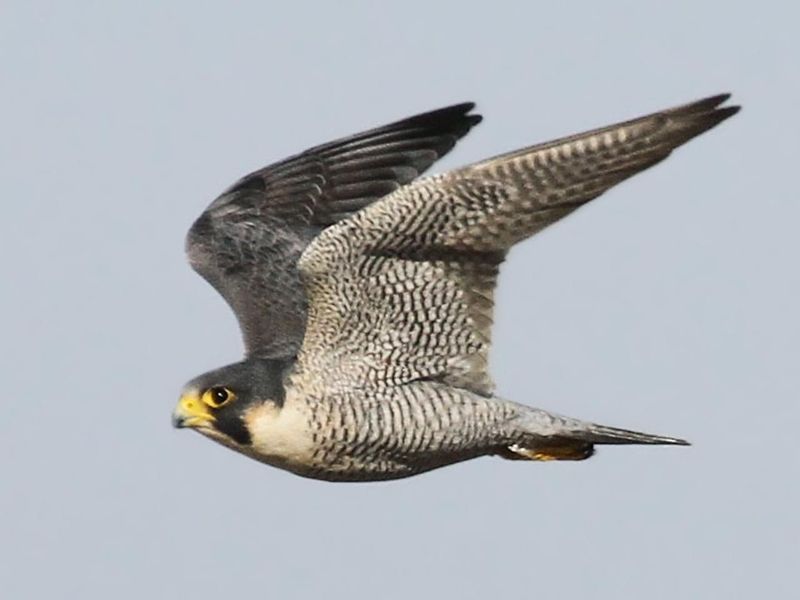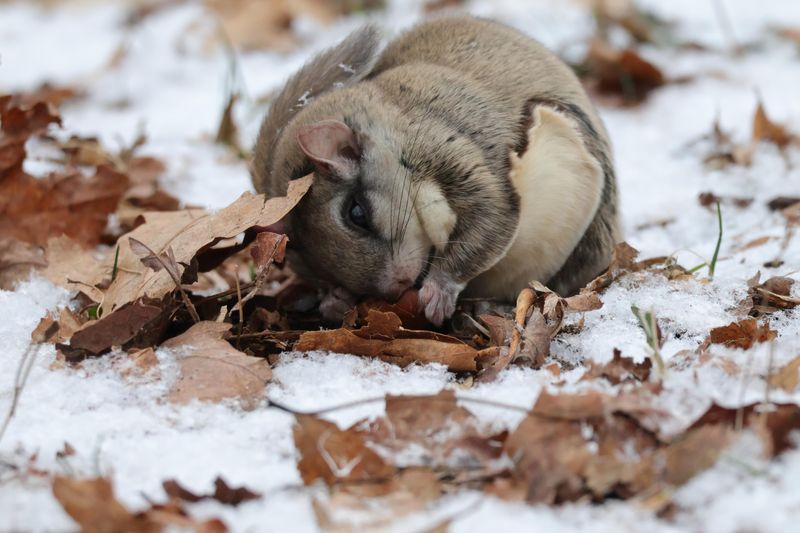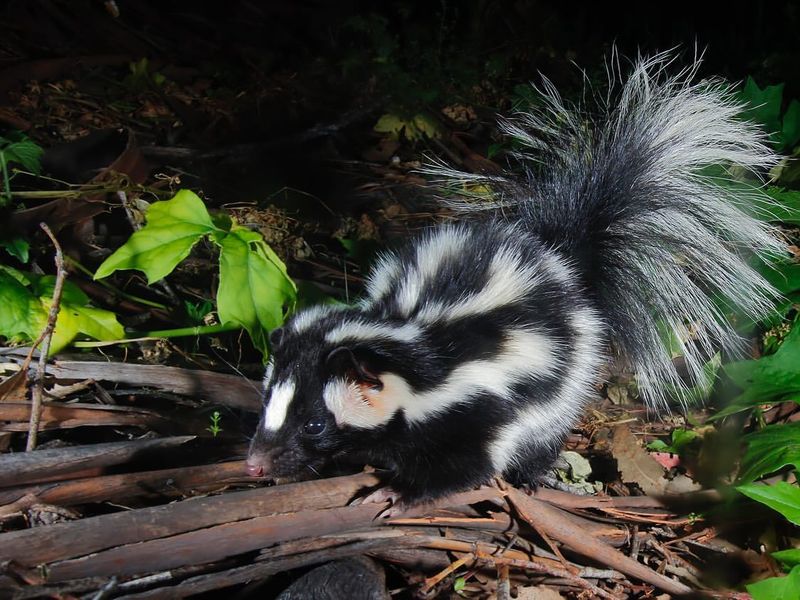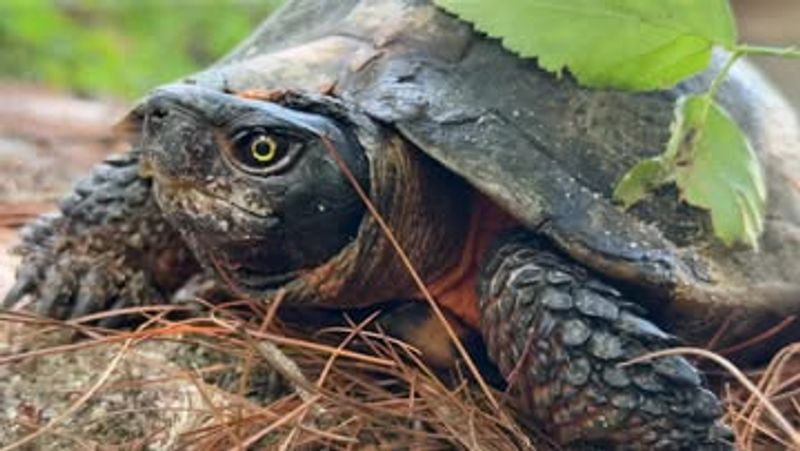Finding wildlife on your property can be startling, but in North Carolina, certain animals are protected by law. Homeowners must respect these creatures and cannot simply remove them, even if they seem like a nuisance.
Understanding which animals are legally protected helps you avoid hefty fines while also preserving North Carolina’s natural heritage.
1. Bald Eagles
Majestic and powerful, bald eagles are strictly protected under federal law through the Bald and Golden Eagle Protection Act. Finding one nesting on your property might feel like winning the wildlife lottery!
These national symbols have wingspans reaching seven feet and can live up to 30 years in the wild. If one takes up residence nearby, you must maintain a respectful distance and contact wildlife authorities for guidance.
2. Red-Cockaded Woodpeckers
Among the rarest woodpeckers in North America, these small birds with distinctive red markings create homes in living pine trees, particularly longleaf pines. Their populations have declined dramatically due to habitat loss.
Because they’re federally endangered, disturbing their cavity nests is strictly prohibited. Conservation efforts focus on preserving the mature pine forests they depend on for survival, making each bird incredibly valuable to recovery efforts.
3. Eastern Box Turtles
Those charming dome-shelled reptiles slowly crossing your yard are actually North Carolina’s state reptile! Eastern box turtles can live over 100 years but face declining populations due to habitat fragmentation and road mortality.
State regulations protect these colorful creatures from collection or harm. If you spot one in your garden, consider yourself lucky – they’re beneficial for controlling slugs and insects naturally. Just let them continue their slow journey across your property.
4. Northern Flying Squirrels
Gliding through the night, these endangered mammals are rarely seen but strictly protected in North Carolina’s mountain regions. Unlike their common gray cousins, northern flying squirrels have specialized habitat needs in high-elevation forests.
Their distinctive furry membrane allows them to glide up to 150 feet between trees! Should you discover these nocturnal creatures in your attic or outbuildings, remember they cannot be trapped or relocated without proper permits from wildlife authorities.
5. Loggerhead Sea Turtles
For coastal homeowners, encountering these massive marine reptiles during nesting season is a profound experience. Weighing up to 350 pounds, loggerheads return to North Carolina’s beaches between May and August to lay eggs.
Federal and state laws strictly protect both turtles and their nests. Homeowners must keep beaches dark at night during nesting season and avoid disturbing marked nest sites. Volunteer programs help monitor these ancient creatures as they continue their 110-million-year legacy.
6. Gray Bats
Misunderstood yet incredibly beneficial, gray bats are endangered cave-dwellers that can consume thousands of insects nightly. A single colony might eat several tons of potential pest insects each summer!
Finding them roosting in your barn or attic requires professional assistance, not DIY removal. These social mammals gather in large colonies and are protected under the Endangered Species Act. Their declining populations make each bat vital to conservation efforts throughout the southeastern United States.
7. American Alligators
Once facing extinction, American alligators have made a remarkable comeback in eastern North Carolina. These prehistoric-looking reptiles can grow up to 13 feet long and live for decades in freshwater habitats.
Homeowners near lakes, ponds, or swamps might occasionally spot these impressive creatures sunning themselves. Despite their intimidating appearance, alligators are legally protected and require professional wildlife management if they become problematic. Never attempt to feed or harass them – observe from a safe distance.
8. Peregrine Falcons
The fastest animals on earth sometimes nest on tall buildings or cliff faces throughout North Carolina. Peregrine falcons can dive at speeds exceeding 200 mph when hunting!
Once nearly wiped out by DDT poisoning, these magnificent birds of prey have rebounded but remain protected. Urban homeowners might notice them hunting pigeons near high-rises. Rural residents could spot them near mountain cliffs. Either way, disturbing their nests violates both state and federal wildlife laws.
9. Carolina Northern Flying Squirrels
Exclusive to North Carolina’s highest mountains, these endangered gliders are specially adapted to the region’s spruce-fir forests. Their oversized eyes and flat tail make them perfectly equipped for nighttime navigation between trees.
Unlike their more common southern cousins, northern flying squirrels have very specific habitat requirements. Homeowners in mountain communities above 4,500 feet elevation might occasionally spot these rare mammals. Remember that any harassment or removal without proper permits carries significant legal penalties.
10. Eastern Spotted Skunks
Much rarer than their striped relatives, eastern spotted skunks are declining across North Carolina. These cat-sized mammals sport distinctive white spots and can perform impressive handstands when threatened!
Despite their defensive spray, spotted skunks benefit properties by controlling rodents and insects. State wildlife regulations protect them from harm or removal without permits. If one takes up residence under your deck or shed, contact wildlife professionals rather than attempting removal yourself.
11. Wood Turtles
With striking orange-red markings on their legs and necks, wood turtles are among the most intelligent reptiles in North America. They can solve simple mazes and remember solutions for months!
These semi-aquatic turtles are threatened throughout their range, including western North Carolina. Homeowners near clean streams in the mountains might encounter them during summer months. Their declining populations make each turtle crucial to conservation efforts, and state law prohibits collection or relocation without proper permits.

